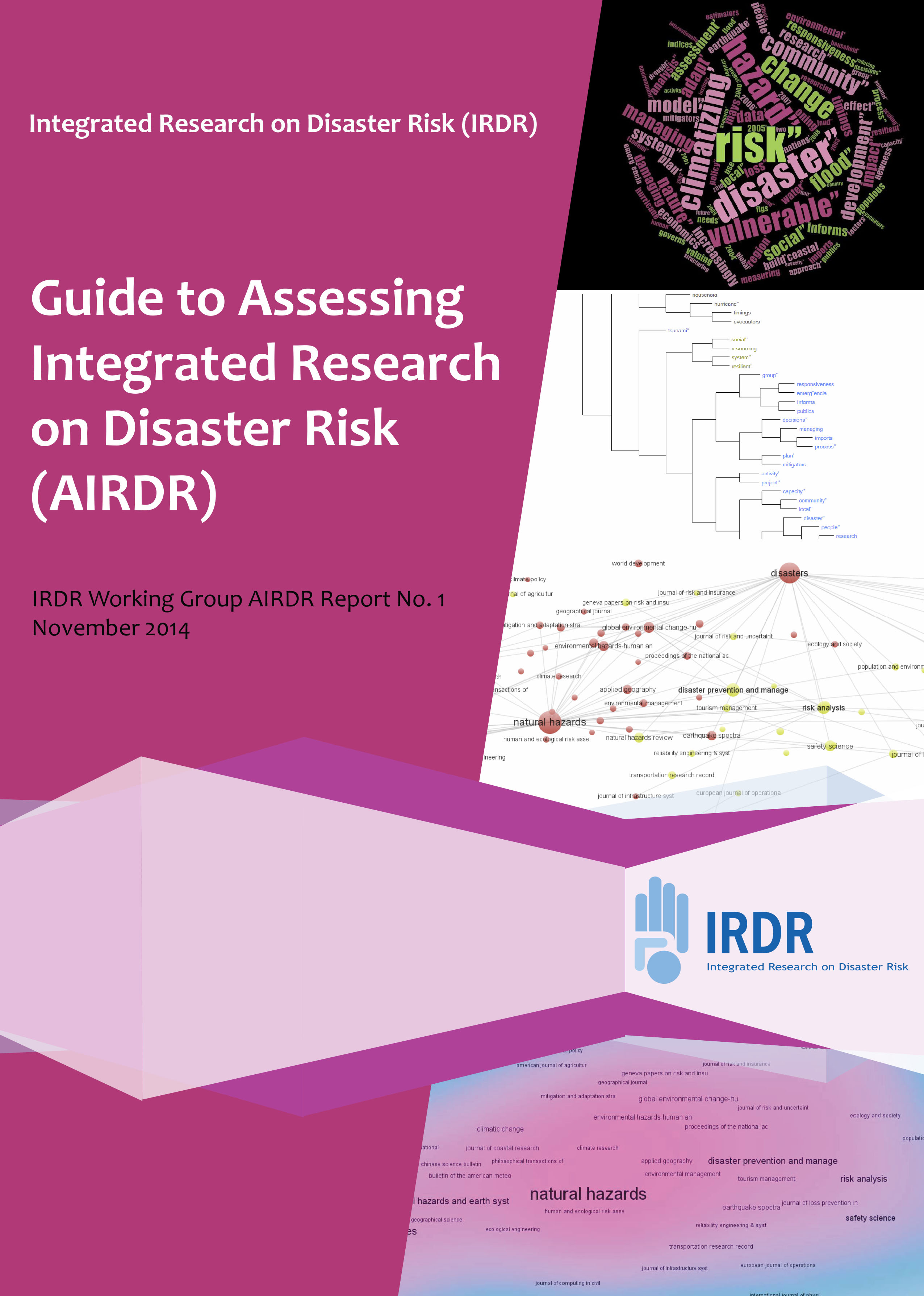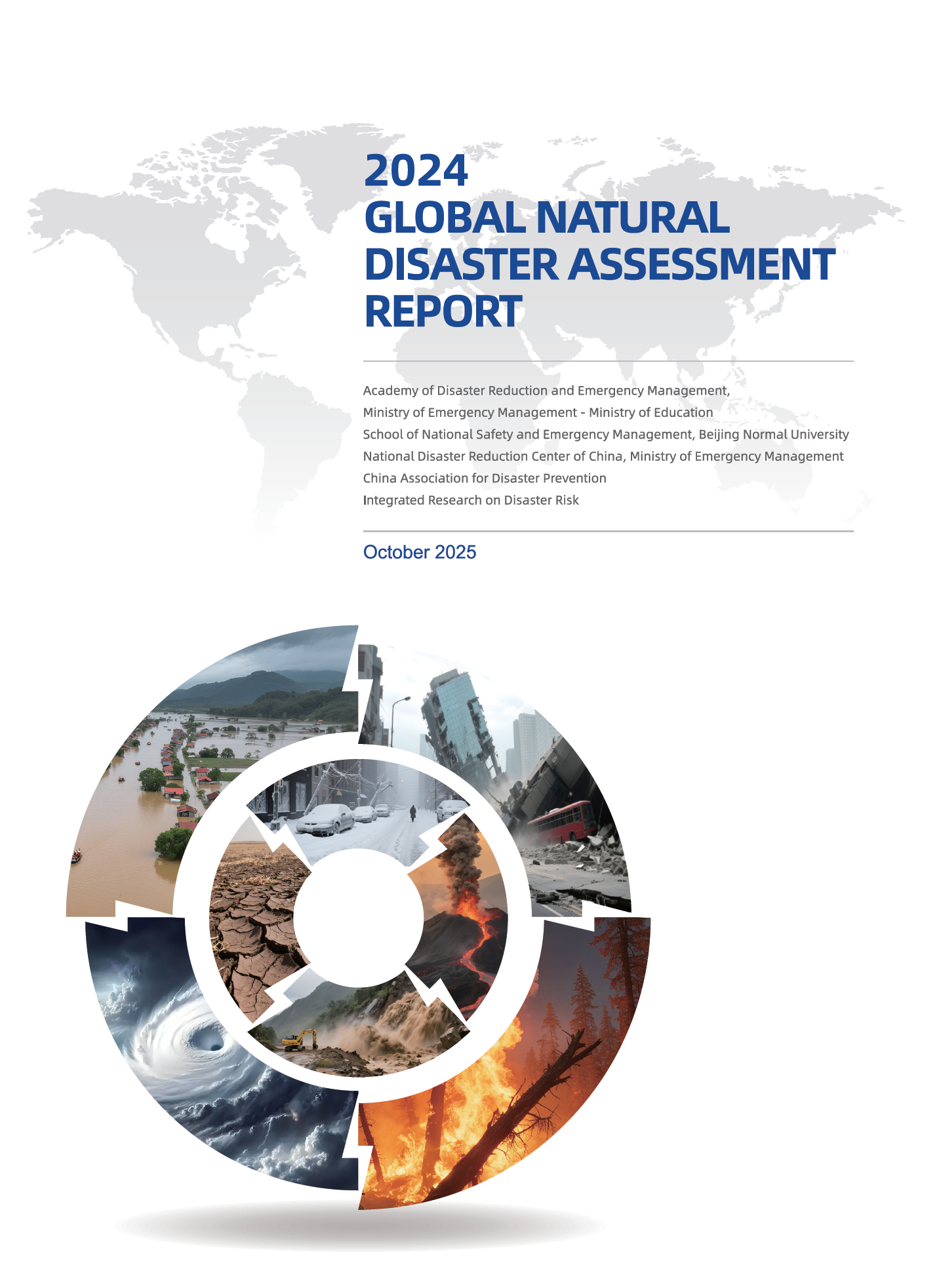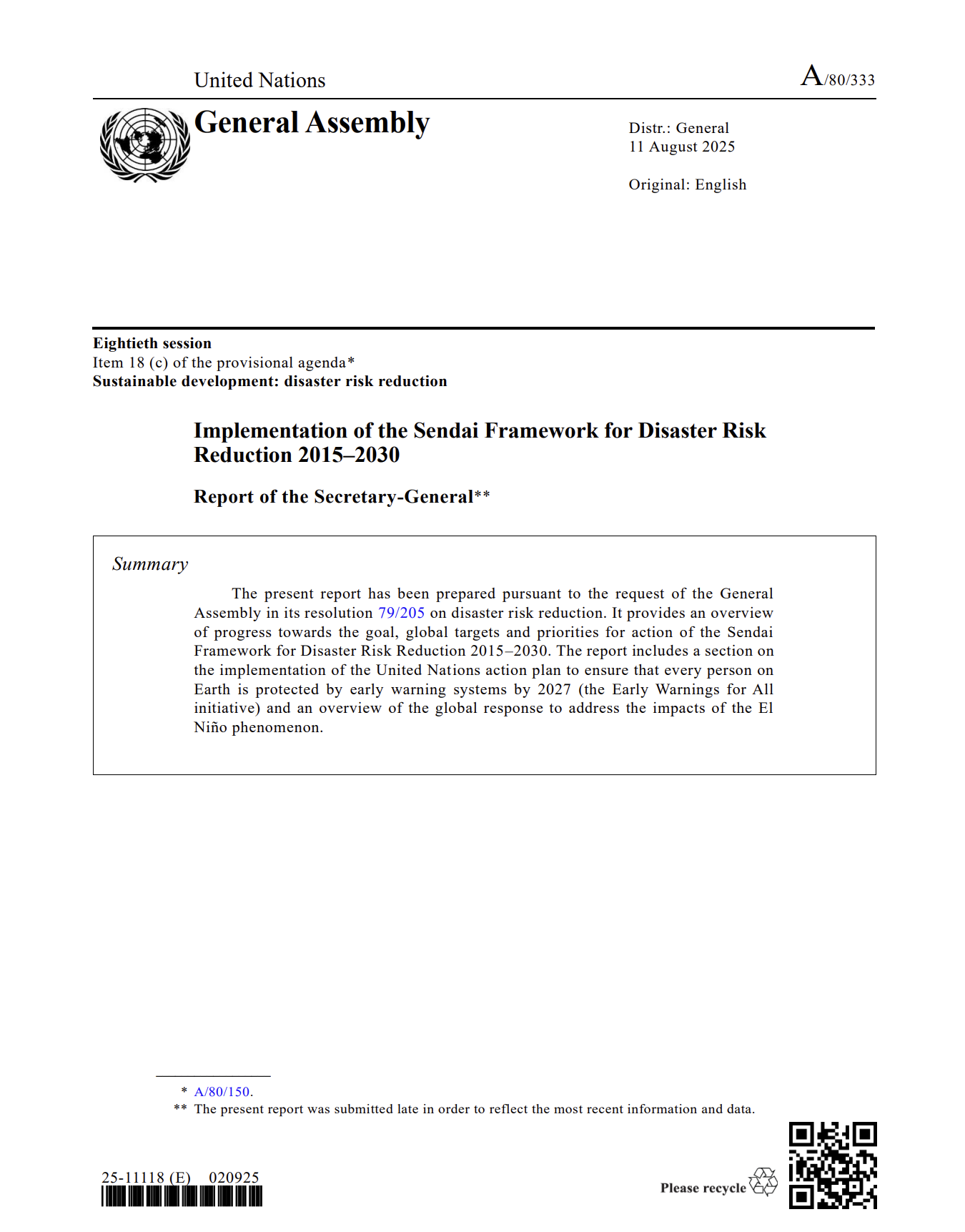Integrated Research on Disaster Risk. (2014). Guide to Assessing Integrated Research on Disaster Risk (IRDR AIRDR Publication No. 1). Beijing: Integrated Research on Disaster Risk.
The need for integrated research follows from the complexity of disaster risk, which cannot be understood comprehensively by a single discipline alone. Integrated research is the foundation and the evidentiary basis for the development of effective disaster risk reduction strategies. To understand our progress towards integrated research, the Assessment of Integrated Research on Disaster Risk (AIRDR) project, conducted under the umbrella of IRDR, aims to review the state-of-the-art knowledge about disaster risk. Its results provide an empirical basis for tailoring research agendas and informing the post-Hyogo Framework.
A preliminary assessment of the landscape of integrated disaster risk research (Gall et al. 2014) provided a template for a methodological approach for systematic reviews. This methodology highlighted the limitations of focusing solely on English-language literature, so this guide was developed to facilitate a broader and more inclusive review of integrated research on disaster risk. The idea is to promote systematic reviews of local and regional research contributions in other publication outlets and in native languages that, when viewed collectively, produces a global synthesis.
This guide provides a step-by-step procedure for conducting systematic reviews. It documents the methodology used in the preliminary assessment as a means for sharing and encouraging locally-based assessments using a common protocol. In this way, the collective inputs can be integrated to achieve the global synthesis of the state-of-the-art in integrated disaster risk research.






